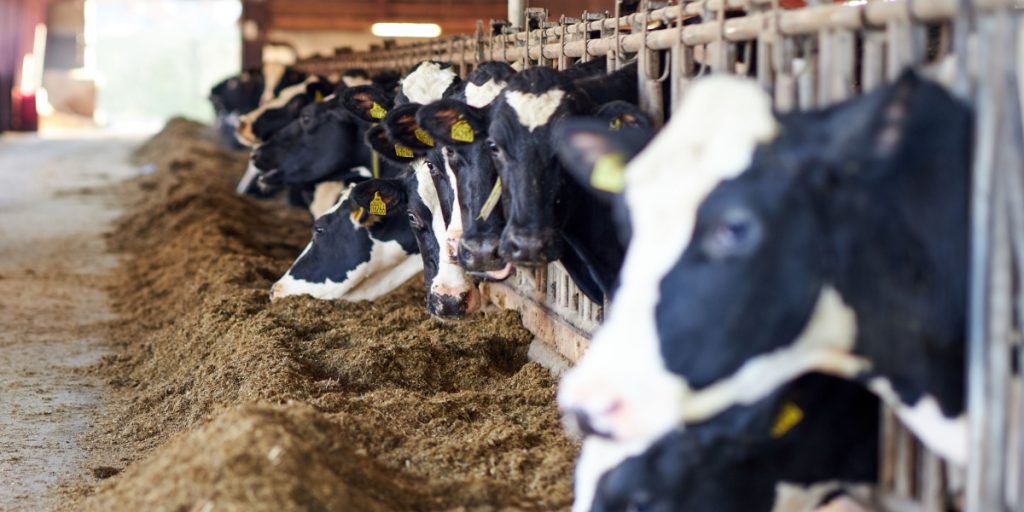Authorities in Hungary and Slovakia have hinted at a potential biological attack behind recent foot-and-mouth outbreaks.
Others are reading now
As Hungary and Slovakia battle a fast-spreading foot-and-mouth disease (FMD) outbreak that has led to the culling of over 10,000 animals, officials from both countries have raised the possibility of bioterrorism—despite a lack of supporting evidence.
Hungarian and Slovak leaders said the idea is under investigation, citing suspicions rather than confirmed facts.
Meanwhile, scientists are urging governments to rely on established epidemiological methods rather than unproven theories.
There is no evidence supporting this scenario,” said Jiří Černý, a virologist at the Czech University of Life Sciences in Prague, to Politico.
Also read
That doesn’t mean the possibility shouldn’t be investigated, but such claims should not be made without evidence.
Widespread Outbreak Triggers Emergency Measures
Hungary’s first case of FMD in 50 years was reported in early March at a cattle farm near the Slovak border. Since then, the virus has been found at three additional Hungarian farms and six in Slovakia.
Both countries have launched emergency response efforts, including vaccination, culling of infected herds, and heightened biosecurity measures.
Slovakia has declared a state of emergency, deployed military and police, and imposed strict border controls.
FMD is a highly contagious virus affecting cloven-hoofed animals such as cattle, pigs, sheep, and goats. While it rarely kills, the disease causes severe symptoms like fever, blisters, and lameness, requiring entire herds to be culled to stop further spread.
It poses no risk to humans but has devastating economic consequences.
Officials Float Bioterrorism Theory
Hungarian Prime Minister Viktor Orbán’s chief of Cabinet, Gergely Gulyás, was the first high-ranking official to publicly suggest the outbreak may not be natural.
It cannot be ruled out that the virus was not of natural origin. We may be dealing with an artificially engineered virus,” Gulyás said, citing unverified information from a foreign laboratory.
Slovakia’s Agriculture Minister Richard Takáč later echoed the sentiment, stating in an interview that “bioterrorism is mentioned as one of the possible scenarios” under consideration by Slovak authorities and the European Commission.
The Commission has declined to confirm that such discussions are taking place at an official level, stating only that investigations are ongoing.
Virus isolation and genome sequencing are ongoing at the EU reference laboratory and may help clarify the origin,” a spokesperson said. “We cannot speculate on either the timing or the outcome of that work.
Experts Call for Evidence-Based Approach
Scientists say the virus’s sudden appearance in Hungary and Slovakia is more likely the result of accidental transmission, possibly through contaminated clothing, equipment, or even migratory birds.
Similar cases of unintentional introduction have been documented in the past,” Černý noted. “Until proven otherwise, that’s the most likely explanation.
Previous major outbreaks, including the 2001 crisis in the UK that resulted in over €15 billion in losses and the slaughter of 6 million animals, were not caused by deliberate acts but by accidental transmission.
Germany also reported an outbreak earlier this year, which has since been contained.
Tighter Controls Across Europe
In response to the outbreak, several neighboring countries are taking precautionary measures:
- Austria and the Czech Republic have stepped up border checks
- The UK has banned personal imports of meat and dairy products from the EU
- EU laboratories are continuing advanced analysis to trace the virus’s source
Despite the rumors, no country has presented conclusive proof of deliberate infection. Investigations by veterinary authorities and EU labs continue, with officials urging caution against jumping to conclusions.



